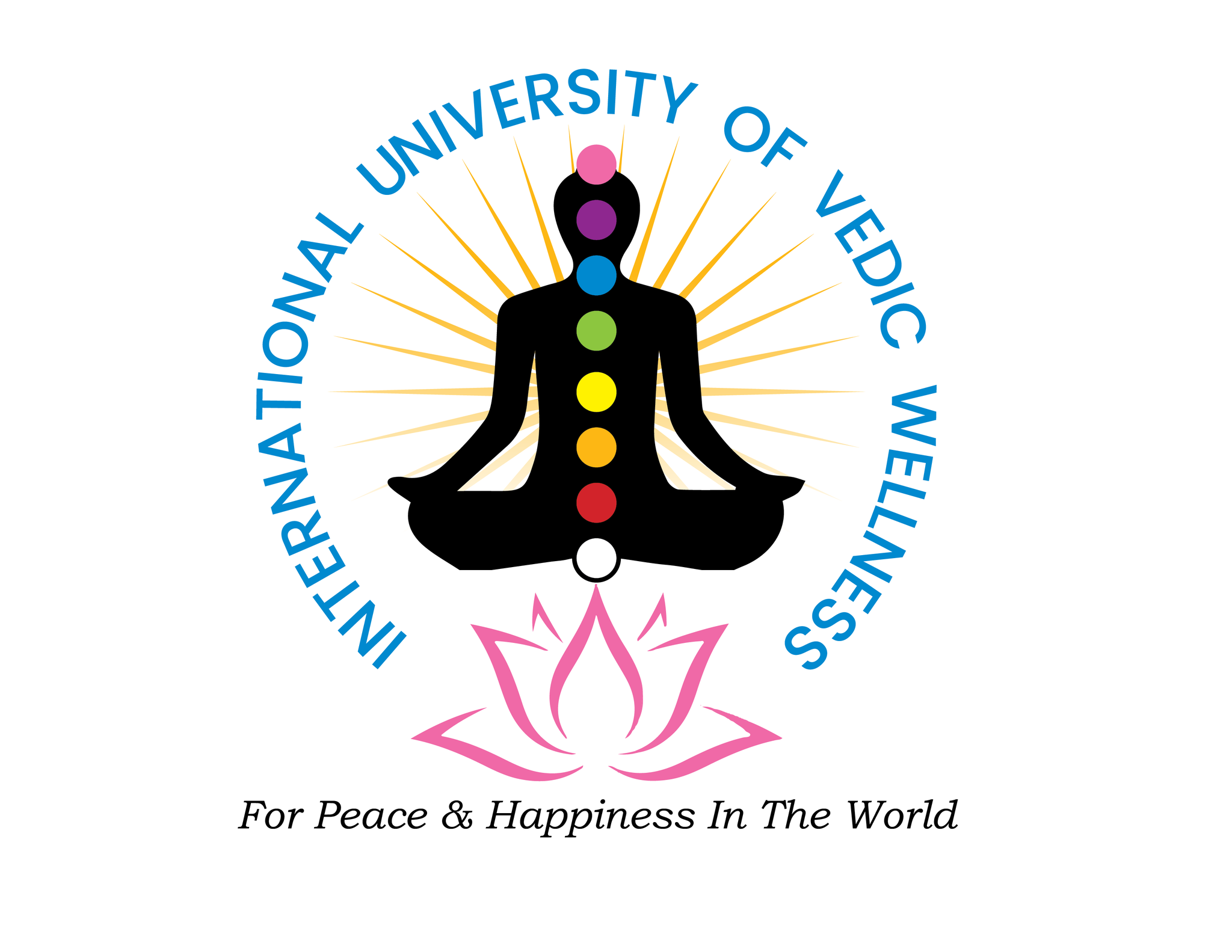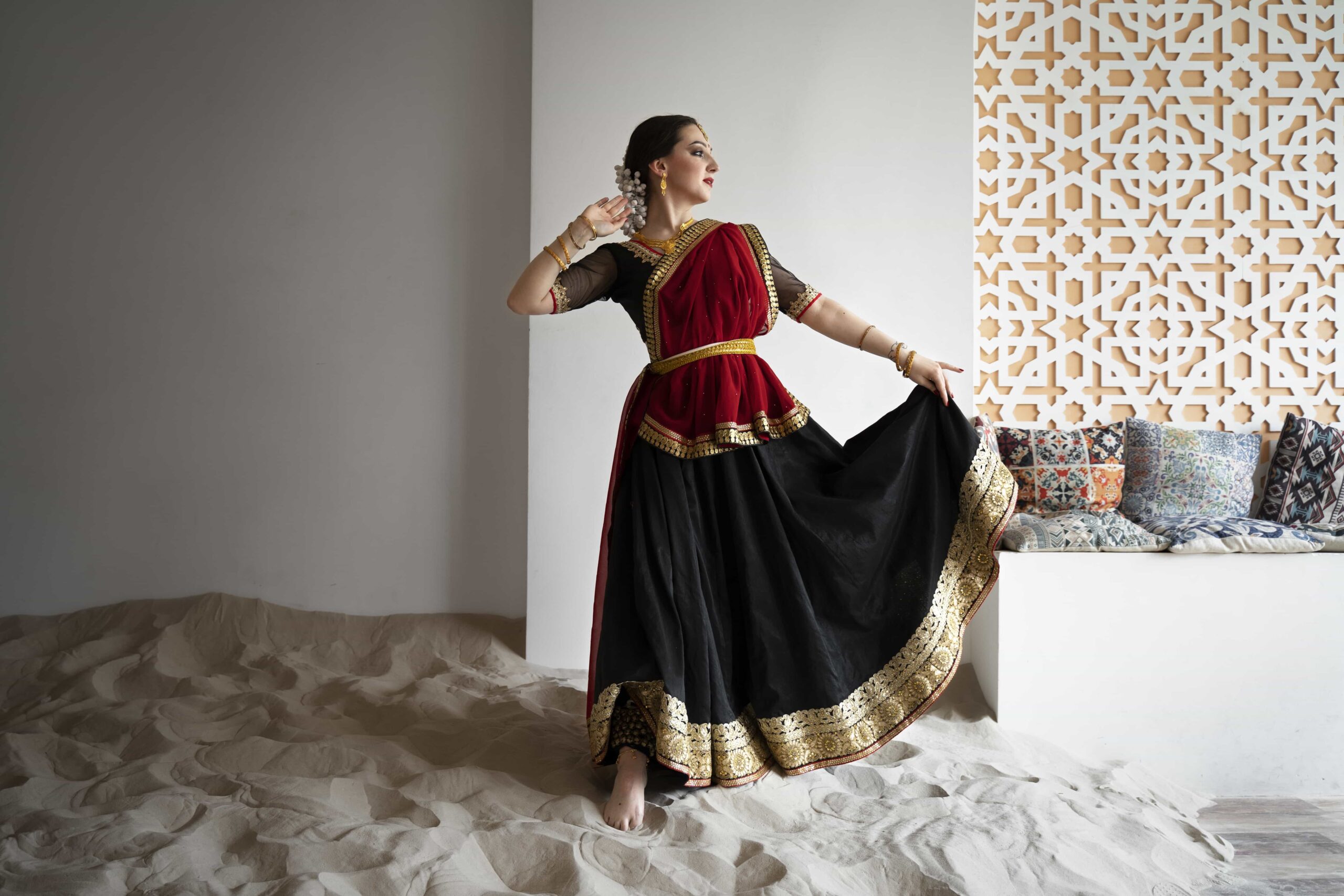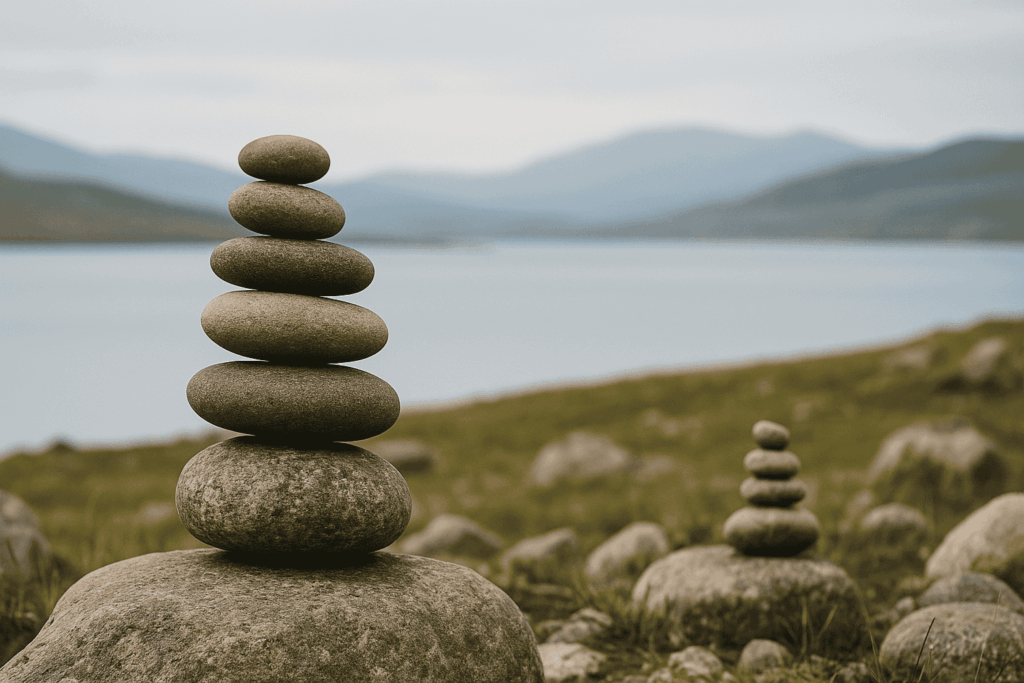Introduction
In a world that is constantly evolving and changing, it is easy to overlook the value of ancient wisdom and traditional practices. However, the rich tapestry of Vedic art and Indian culture offers a timeless treasure trove of knowledge, beauty, and inspiration that is as relevant today as it was thousands of years ago. By exploring and embracing these ancient traditions, we can gain a deeper understanding of ourselves, our world, and our place within it, and find new ways to express our creativity, cultivate inner peace, and foster cultural understanding.
Vedic art and Indian culture encompass a vast array of traditions, from the intricate designs of rangoli and mehendi to the sacred music and dance of classical Indian arts, the profound symbolism of yoga and meditation, and the time-honored techniques of Ayurvedic healing. Each of these practices is rooted in a deep understanding of the nature of reality, the human experience, and the interconnectedness of all things, and offers a pathway to personal growth, creative expression, and spiritual awakening.
The Essence of Vedic Art
At the heart of Vedic art lies a profound understanding of the nature of reality and the role of human creativity in the unfolding of the universe. Vedic art is not merely a form of decorative expression, but a sacred practice that seeks to align the artist with the fundamental principles of creation and tap into the infinite source of inspiration and wisdom that lies within.
One of the key principles of Vedic art is the concept of rasa, or the essence of aesthetic experience. Rasa refers to the emotional and spiritual states that are evoked by a work of art, and is seen as a means of connecting the viewer or listener with the divine essence of reality. Each form of Vedic art, from music and dance to painting and sculpture, seeks to cultivate specific rasas, such as love, joy, peace, or devotion, and to transport the viewer into a state of heightened awareness and spiritual communion.
Another important principle of Vedic art is the use of sacred geometry and symbolic imagery. Vedic artists use complex mathematical formulas and geometric patterns to create works of art that are imbued with spiritual significance and energetic power. From the intricate mandala designs of Hindu and Buddhist art to the sacred syllables and mantras of Sanskrit calligraphy, every element of Vedic art is carefully chosen to align with the fundamental principles of creation and to evoke specific states of consciousness in the viewer.
The Richness of Indian Culture
Indian culture is a rich tapestry of diverse traditions, beliefs, and practices that have evolved over thousands of years. From the ancient Vedic scriptures and the epic tales of the Mahabharata and Ramayana to the colorful festivals and vibrant arts of modern India, Indian culture offers a endless source of inspiration, wisdom, and beauty.
One of the most striking aspects of Indian culture is its emphasis on the integration of spirituality into every aspect of daily life. From the daily rituals of prayer and meditation to the sacred ceremonies and festivals that mark the passage of the seasons and the stages of life, Indian culture recognizes the inherent divinity in all things and seeks to cultivate a sense of reverence and connection with the greater whole.
Another important aspect of Indian culture is its deep respect for the natural world and the principles of sustainable living. From the ancient practice of Ayurvedic medicine, which emphasizes the use of natural remedies and the cultivation of balance and harmony in the body and mind, to the traditional systems of agriculture and land management that have sustained communities for generations, Indian culture offers a wealth of knowledge and practices for living in harmony with the earth and its rhythms.
Indian culture is also known for its rich artistic traditions, from the intricate designs of traditional textiles and handicrafts to the vibrant colors and patterns of Indian fashion and decor. Indian art is characterized by its use of symbolic imagery, intricate details, and vibrant colors, and often incorporates religious and mythological themes that reflect the deep spiritual roots of Indian culture.
The Relevance of Vedic Art and Indian Culture in Modern Times
In today’s fast-paced, globalized world, the ancient wisdom and practices of Vedic art and Indian culture may seem far removed from the concerns and challenges of modern life. However, these traditions offer a rich source of inspiration, guidance, and solace that is more relevant than ever before.
One of the key benefits of engaging with Vedic art and Indian culture is the opportunity for personal growth and self-discovery. By exploring the symbolic language of Vedic art and the spiritual practices of Indian culture, we can gain a deeper understanding of our own psyche, emotions, and spiritual nature, and find new ways to express our creativity and cultivate inner peace.
Another important benefit of engaging with these traditions is the opportunity for cultural exchange and understanding. In a world that is increasingly interconnected and diverse, the ability to appreciate and understand different cultures and ways of life is more important than ever. By exploring the rich tapestry of Indian culture and art, we can broaden our horizons, challenge our assumptions, and cultivate a sense of empathy and connection with people from different backgrounds and traditions.
Moreover, the principles and practices of Vedic art and Indian culture offer valuable tools for navigating the challenges and stresses of modern life. From the stress-reducing benefits of yoga and meditation, to the healing power of Ayurvedic medicine and the grounding effects of connecting with nature and the rhythms of the earth, these ancient traditions offer a wealth of resources for cultivating resilience, balance, and well-being in the face of life’s challenges.
Discovering Vedic Art and Indian Culture
If you are interested in exploring the rich world of Vedic art and Indian culture, there are many ways to get started. Here are a few suggestions:
a. Study the Vedic scriptures: The Vedas, Upanishads, and other ancient Hindu texts offer a wealth of knowledge and insight into the fundamental principles of Vedic art and culture. By reading and studying these texts, you can gain a deeper understanding of the philosophical and spiritual foundations of these traditions.
b. Learn an Indian art form: Whether it’s classical Indian music, dance, or visual arts, learning an Indian art form can be a rewarding way to immerse yourself in the rich cultural heritage of India. Many cities and towns offer classes and workshops in various Indian arts, and there are also many online resources and tutorials available for self-study.
c. Practice yoga and meditation: Yoga and meditation are central practices of Indian spiritual tradition, and offer a powerful way to cultivate inner peace, clarity, and resilience. By incorporating these practices into your daily life, you can tap into the ancient wisdom of Indian culture and experience the transformative power of these traditions firsthand.
d. Attend cultural events and festivals: India is home to a wide variety of vibrant festivals and cultural events throughout the year, from the colorful celebrations of Holi and Diwali to the sacred rituals of Kumbh Mela and the Durga Puja. Attending these events can be a wonderful way to immerse yourself in the sights, sounds, and flavors of Indian culture and connect with others who share your interest in these traditions.
e. Travel to India: Of course, one of the best ways to experience the richness and diversity of Indian culture is to travel to India itself. From the bustling cities and ancient temples of the north to the lush landscapes and vibrant arts of the south, India offers an endless array of cultural treasures waiting to be discovered. Whether you join a guided tour or strike out on your own, a trip to India can be a life-changing experience that deepens your appreciation and understanding of this fascinating culture.
Incorporating Vedic Art and Indian Culture into Daily Life
One of the beautiful things about Vedic art and Indian culture is that they offer a wealth of practices and traditions that can be easily incorporated into daily life, no matter where you live or what your background may be. Here are a few suggestions for bringing the wisdom and beauty of these traditions into your everyday routines:
a. Start your day with a simple meditation or yoga practice. Even just a few minutes of deep breathing, stretching, or silent contemplation can help you cultivate a sense of inner peace and clarity that can sustain you throughout the day.
b. Incorporate Ayurvedic principles into your diet and lifestyle. Ayurveda is the traditional Indian system of medicine that emphasizes the importance of balance and harmony in all aspects of life. By eating a balanced diet, getting regular exercise, and practicing stress-reducing techniques like massage and herbal remedies, you can promote optimal health and well-being.
c. Surround yourself with Indian art and decor. Whether it’s a beautiful piece of Indian textile art, a brass statue of a Hindu deity, or a colorful rangoli design, incorporating Indian art and decor into your home or workspace can be a wonderful way to create a sense of beauty, harmony, and inspiration in your daily life.
d. Practice mindfulness and gratitude. Indian spiritual traditions place a strong emphasis on the cultivation of mindfulness and gratitude as a way of connecting with the divine essence of reality. By taking time each day to appreciate the beauty and blessings in your life, and to cultivate a sense of presence and awareness in the moment, you can tap into the deeper wisdom and joy that these traditions offer.
e. Share your love of Indian culture with others. One of the most rewarding aspects of engaging with Vedic art and Indian culture is the opportunity to share your passion and knowledge with others. Whether it’s teaching a friend how to make a traditional Indian dish, sharing a favorite piece of Indian music or poetry, or simply discussing the ideas and insights you’ve gained from your study of these traditions, sharing your love of Indian culture can be a wonderful way to connect with others and spread the beauty and wisdom of these ancient traditions.
The Role of Vedic Art and Indian Culture in Modern Art and Design
In addition to their relevance for personal growth and cultural understanding, Vedic art and Indian culture have also had a significant impact on modern art and design. From the intricate patterns and symbolic imagery of traditional Indian art to the bold colors and eclectic styles of contemporary Indian fashion, the influence of Indian culture can be seen in a wide variety of modern artistic and design movements.
One of the most notable examples of this influence is the Art Deco movement of the early 20th century, which drew heavily on the geometric patterns and stylized forms of Indian art and architecture. The bold, colorful designs of Art Deco textiles, jewelry, and graphic arts were directly inspired by the rich visual traditions of India, and helped to popularize Indian aesthetics in the Western world.
More recently, the global interest in yoga, meditation, and other Indian spiritual practices has led to a renewed appreciation for the beauty and symbolism of Indian art and design. From the intricate mandala designs that adorn yoga studios and meditation spaces to the colorful, flowing fabrics and prints of Indian-inspired fashion, the influence of Indian culture can be seen in a wide range of modern creative fields.
Moreover, the principles of balance, harmony, and sustainability that are central to Vedic art and Indian culture are also gaining increasing relevance in the world of modern design. From the use of natural materials and eco-friendly production methods to the incorporation of biophilic design elements that promote a sense of connection with nature, modern designers are increasingly looking to Indian cultural traditions for inspiration and guidance in creating spaces and products that are both beautiful and sustainable.
The Future of Vedic Art and Indian Culture
As we look to the future, it is clear that Vedic art and Indian culture will continue to play a vital role in shaping our understanding of the world and our place within it. With the growing interest in yoga, meditation, and other Indian spiritual practices, as well as the increasing recognition of the importance of cultural diversity and cross-cultural understanding, the wisdom and beauty of these ancient traditions are more relevant than ever before.
Moreover, the principles of Vedic art and Indian culture offer valuable insights and guidance for addressing some of the most pressing challenges of our time, from environmental sustainability and social justice to mental health and personal well-being. By drawing on the rich tapestry of Indian cultural heritage, we can find new ways to cultivate creativity, compassion, and resilience in the face of the complex challenges of the modern world.
However, it is also important to recognize that Vedic art and Indian culture are not static or unchanging traditions, but rather living, evolving expressions of human creativity and spiritual insight. As we move forward into the future, it will be important to find ways to honor and preserve the richness and diversity of these traditions, while also allowing them to adapt and grow in response to the changing needs and aspirations of each new generation.
Ultimately, the future of Vedic art and Indian culture will depend on the willingness of each of us to engage with these traditions in a spirit of openness, curiosity, and respect. By exploring the beauty and wisdom of these ancient practices, and finding ways to integrate them into our modern lives, we can help to ensure that the timeless treasures of Indian culture continue to enrich and inspire us for generations to come.
Conclusion
In conclusion, the rich tapestry of Vedic art and Indian culture offers a timeless source of beauty, wisdom, and inspiration that is more relevant than ever in the modern world. From the intricate symbolism of traditional Indian art to the profound insights of yoga and meditation, these ancient traditions offer a wealth of resources for personal growth, creative expression, and spiritual awakening.
By engaging with Vedic art and Indian culture, we can gain a deeper understanding of ourselves and our place in the world, and find new ways to cultivate inner peace, resilience, and connection in the face of life’s challenges. Moreover, by sharing our love and appreciation for these traditions with others, we can help to promote greater cultural understanding, empathy, and respect in an increasingly diverse and interconnected world.
As we move forward into the future, it is clear that Vedic art and Indian culture will continue to play a vital role in shaping our understanding of the world and our place within it. By honoring the richness and diversity of these traditions, and finding ways to integrate their timeless wisdom into our modern lives, we can help to create a more beautiful, compassionate, and sustainable world for all




